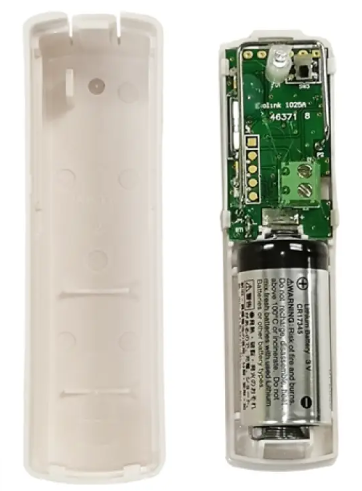I'm fairly sure I have seen this discussed around here somewhere (maybe @ogiewon ?), But I'm considering trying to add a pressure sensor to my office chair so that I don't need to flail my arms to keep the lights on. This article doesn't say much about placing the sensor. Is it just taped/ adhered to the bottom side of my office chair? Does it somehow need to go inside the cushion? Any ideas on how to make this work?
Yes. It can go between the fabric of the seat cushion and the foam padding. It could also go under the foam padding against the under shell.
Something similar is this device:
It hooks to the door sensor in the same way, although you will want to devise a method to focus the large chair seat area down to half an inch. It's not a practical solution but imagine placing the sensor under one leg of the chair. Sitting in the chair distributes the pressure across all legs evenly. You need to find a centralized place where the sensor receives a lot of the pressure.
The automobile car seat sensor in the original solves it a different way by having enough bubble style switches to detect something no matter your posture.
The sensor needs to be placed in such a way as to allow the weight of your body to apply pressure on the sensor. On my chair, it was easy to place it between the bottom of the seat cushion and the metal frame of the chair. YMMV of course, based upon your chair’s design.
How does this work as a substitute for the car seat contact sensor from OP’s link?
The pressure sensor just changes voltage, it doesn’t break and complete the circuit, right?
I bought a FIBARO implant model FGBS-222 to monitor a pressure sensor similar to your link, but in a long strip form:
Thin Film Force Sensor Module... https://www.amazon.com/dp/B09SPYQZ3X?ref=ppx_pop_mob_ap_share
Would love to just use an aqara water sensor or door sensor, it seems simpler, but can you explain how it reads the voltage differential to identify if weighted vs not?
Thanks in advance!
The Force sensor is wired "across" the reed sensor. The resistance nears zero with increasing pressure. At some quantity of pressure, the resistance of the Force sensor is low enough that the circuitry detects and sends a "closed" event.
Certain door sensors, specifically the Ecolink, has screw terminals inside to allow this to be done with great ease.


Seems I covered this ground before, but 5years ago ?? Time flies ![]()
I'm still looking forward to doing this. I just got the parts over the weekend. I was going to try using a Sonoff door sensor. Hadn't even thought of using an EcoLink. If the Sonoff doesn't work, I'll order and EcoLink and try that. I would prefer to have Zwave over Zigbee anyway. My ZigBee mesh has shrunk down to only 5 devices,

